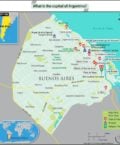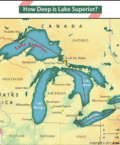Ptolemy's map of the ancient world gives a fair idea of the representation of the then known world. Although distorted in shape and orientation, Ptolemy's ancient world map represented the then known world as extending from the Scottish Shetland islands in the far North Sea to the Nile Valley in the south, from the Canary islands off the West African coast in the west to China and South East Asia in the east.
Rendition of the ancient world in maps regressed from the idea of a spherical earth to that of a flat disc in the early Middle Ages. Although later medieval cartographers were conscious of the spherical shape of the Earth, their maps were however largely confined to one particular scheme, which is commonly known as the T&O renderings. These medieval maps are named so because they represent the water bodies separating the continents in the shape of a stylized 'T' and the ocean surrounding the land as an 'O'. During the Middle Ages map-making also flourished in West Asia and China. An Islamic geographer Al-Idrisi is well known for his ancient world map that he constructed in 1154 and which is noted for its truer representation of Asian lands.
Revolutionary though, these ancient world map innovations were nevertheless rudimentary in their detail and accuracy of facts. However, their limitations notwithstanding, the ancient World Maps nevertheless shed a lot of light on the earliest attempts at mapping man's environment thereby laying the foundations for the establishment of cartography and map-making as a distinctive branch of the science of Geography.













